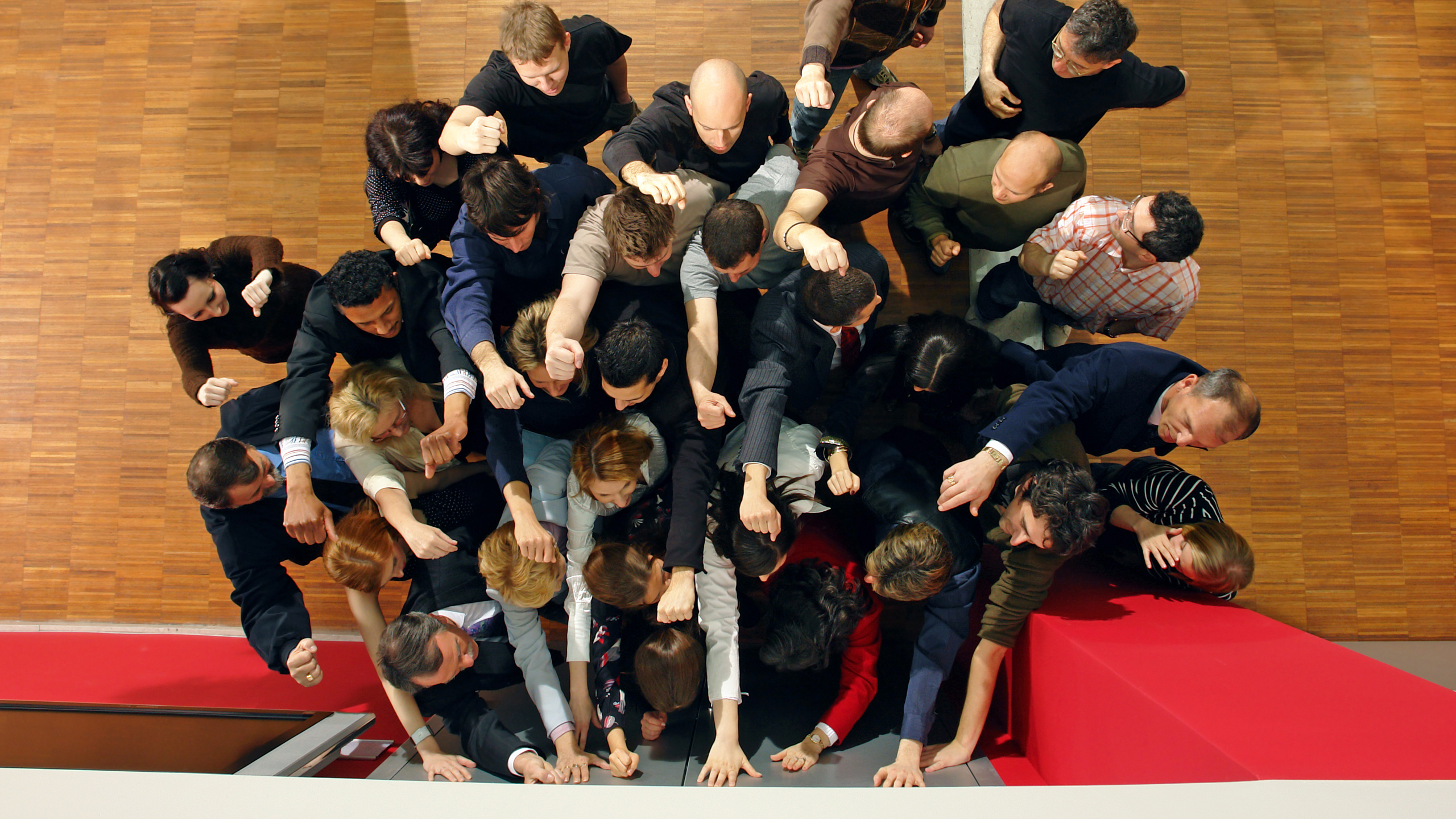Chile opens lithium reserves to explorers amid rising demand and political tension

Matejmm (E+) via Getty Images.
The Chilean Government is trying to boost lithium production and attract more explorers as demand surges for clean energy and lithium-based technologies.
The Ministry of Mining recently launched Special Operation Contracts (CEOL) for quotas to produce a total of 400,000 tonnes of marketable lithium metal, divided into five quotas of 80,000 tonnes each.
The country is aiming to open up its massive 9.2 million tonnes of lithium reserves to increase production to 450,000 tonnes of lithium carbonate per year by 2030.
It’s a bold move for the country, which has been accused of rushing through new contracts in the lead up to elections this month – and with President Sebastian Pinera facing impeachment proceedings.
Not to mention the potential environmental issues, with major producer Sociedad Química y Minera de Chile SA’s (NYSE:SQM) application to expand its operations blocked by a Chilean court back in 2019 after Indigenous groups protested that the company was overdrawing brine and affecting water reserves.
Chile Offers Lithium Miners Incentives to Take On More Projects – Bloomberg ft @benchmarkmin
“Chile is offering new contracts to tap the world’s biggest reserves of lithium in a effort to reclaim market share as demand for battery metal surges.” https://t.co/x0D1MWvN6p
— Simon Moores (@sdmoores) October 14, 2021
More lithium means supply chain security
Historically, it hasn’t been easy to get mining permits in Chile – with complex processes pushing explorers to turn to Argentina instead.
But political instability aside, Fundamental Research Corp vice president and head of research Sid Rajeev said it’s a very positive development for the sector, and makes the country an appealing jurisdiction for explorers and developers, which is good news for the EV supply chain.
“Lithium is a key component of EV batteries, and it is very important for battery and EV manufacturers to be able to access long-term/stable supply of lithium,” he said.
“More lithium supply will provide security to the supply chain.
“Chile holds more than 50% of global reserves and has the potential to be a major long-term supplier of lithium going forward – its government sees this potential.”
And Chile holds lithium brines, which have typically lower exploration costs than hard rock, which is another benefit for explorers.
“We are going to see more explorers moving to Chile,” Rajeev said.
Expect to see more M&A plays
Fundamental forecasts that EV sales will increase to 25-30 million per year by 2030 – up from 3 million in 2020 – and lithium demand is expected to grow from 275,000 tonnes to 1.9 million tonnes annually.
“The lithium market is expected to move to a deficit starting 2024,” Rajeev said.
“Chile’s plans to open 400,000 tonnes of reserves will not be sufficient to meet the supply deficit we expect by the end of this decade.”
Rajeev also said he expects to see M&A increase in the lithium sector going forwards.
“Orocobre Limited (ASX:ORE) and Galaxy Resources’ merger triggered M&A activities in the sector,” he said.
“China’s Ganfeng (SZSE:002460) is acquiring Bacanora (AIM:BCN) for US$350 million.
“And Millennial Lithium (TSXV:ML) is getting acquired.
“We are expecting M&A to increase in this sector.”
Contracts to be announced this year
The Ministry says the CEOL tender maintains the condition of lithium as a strategic mineral as the country seeks to facilitate the entry of national and/or foreign companies, boosting production and supporting the development of new technologies.
But getting a CEOL is only the first step.
Companies will have to find the place to develop their projects, define technologies, comply with all applicable regulatory and environmental requirements demanded by environmental institutions, and generate the enabling environment through relationships with communities.
Plus, companies must make an economic offer to obtain the quota, in addition to paying a variable amount during the production phase.
But according to Bloomberg, 57 companies are already waiting in the wings, with Mining and Energy Minister Juan Carlos Jobet expecting to have news on the contracts later this year, ahead of a change of government in March.
In the latest sign of how hot the lithium market is right now, 57 companies have shown interest in new contracts to explore for and produce the battery metal in Chile, Minister Juan Carlos Jobet tells Bloomberg TV. He expects to have news on the contracts later this year.
— James Attwood (@jamesattwood) November 9, 2021
One ASX company already has a foothold
SQM and Albemarle Corp (NYSE:ALB) – who plan to start sales from its new Chilean plant in 2022 – are the main producers in Chile.
And on the exploration side, Lithium Power International (ASX:LPI) has a leg-up on the competition.
The company holds a 51% interest in the Maricunga JV project and updated the measured and inferred resources in September by 90% to 1,905,000 tonnes of Lithium Carbonate Equivalent (LCE) to a depth of 200m for the Stage One (Old Code) mining properties.
Essentially the Old Code properties of Cocina 19-27, Salamina, Despreciada and San Francisco were constituted under the 1932 Chilean mining law and have grandfathered rights for the exploitation, production, and sale of lithium.
The company’s New Code properties host 979,000 tonnes of LCE already included on the 2019 DFS, which is being updated and scheduled for release by the end of 2021.
LPI is now progressing Stage One financing, but with 57 other companies considering exploring in the country it better get a move on.
Related Topics

UNLOCK INSIGHTS
Discover the untold stories of emerging ASX stocks.
Daily news and expert analysis, it's free to subscribe.
By proceeding, you confirm you understand that we handle personal information in accordance with our Privacy Policy.








